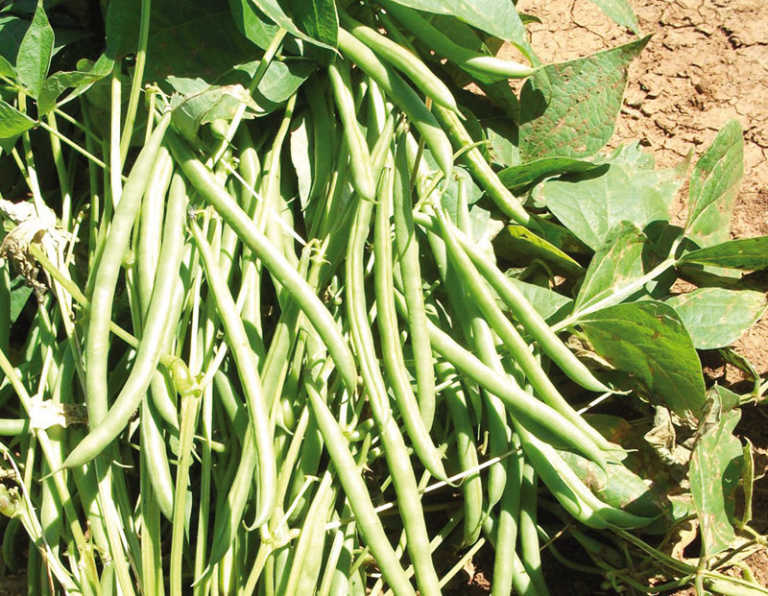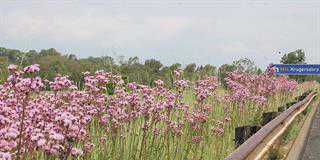
Photo: Bill Kerr
The crop was introduced to the Mediterranean region in 1492 by Christopher Columbus. By the 17th century, it was cultivated all around Italy, Greece and Turkey. Today, it’s an important crop virtually everywhere.
Different species
Our common green bean aside, there are three other important species of the Phaseolus genus. The scarlet runner (Phaseolus coccineus) is more popular overseas than here. There is also a bush version of the scarlet runner, which is still classified as a runner. This bean, although closely resembling P. vulgaris, will not cross with it in conventional breeding.
Lima beans (Phaseolus lunatus), which aren’t very well known or appreciated in South Africa, come in pole or runner and bush varieties.
The lima’s shelled beans are removed from the pods before they begin to dry, and these are eaten.
The tepary bean (Phaseolus acutifolius) is used as a dry bean and is one of the world’s most drought-tolerant crops. It’s making a comeback in many parts of the world due to its excellent food value and taste.
Within the four species there are many colour varieties ranging from purple to yellow, black and mottled, and of course, green.
Interestingly, some pole (runner) beans have retained a flavour long forgotten in bush beans.
Yard long beans, which are from the genus Vigna, are a variety of cowpea.
Although most South Africans haven’t come across yard long beans before, they taste better than they sound.
The yard long bean is quite a heat-tolerant crop.
In Taiwan, green beans are grown on reed structures in winter and then these same structures are used to produce yard long beans in summer when it’s too hot for green beans.
Green beans are preferred as they taste better, but it’s either yard long in summer or nothing.
Modern bean characteristics
Green beans used to have a very strong fibrous thread along the seams, and were thus referred to as string beans, a term mostly used by old-timers. I guess I’m an old-timer, as I still remember having to help my mother string beans as a child.
Thankfully, modern beans are stringless. In 1896, Calvin Keeney from New York developed the first stringless green bean. Of course, it took many years to breed this new trait into all the other varieties.
Breeders still have to be careful not to let strings creep back into the varieties they’re developing.
Some of our common pole beans are still stringed. But these are usually harvested when they’re still very immature – when they haven’t yet developed strings. However, the extra labour required to grow pole beans has made the crop less popular in this country.
Another change that has been taking place in the bean industry is the move to darker-green pods. Strangely enough, some years ago, a breeder from an American seed company told me that they were having a problem getting their shoppers to choose the darker-coloured pods as they thought the beans had been frozen and then thawed.
Ironically, perception has changed to the point where today, light-coloured pods are less popular as some shoppers consider them to be old.
Size has also changed a lot over the years. Modern varieties now boast very fine beans of 5mm in diameter of various lengths, which are usually cooked whole.
Most of our market beans are 9mm to 10mm in diameter and 12cm to 15cm long.
Many bush beans can reach 20cm in length, but some pole beans can be substantially longer and more often than not, also flat.












